Double Declining Balance Method of Depreciation
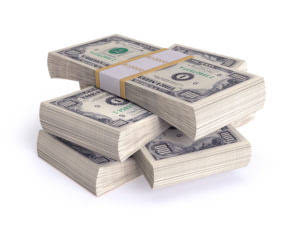
If you make estimated quarterly payments, you’re required to predict your income each year. Since the double declining balance method has you writing off a different amount each year, you may find yourself crunching more numbers to get the right amount. Accounting Periods and Methods You’ll also need to take into account how each year’s depreciation affects your cash flow. Depreciation is an accounting process by which a company allocates an asset’s cost throughout its useful life.
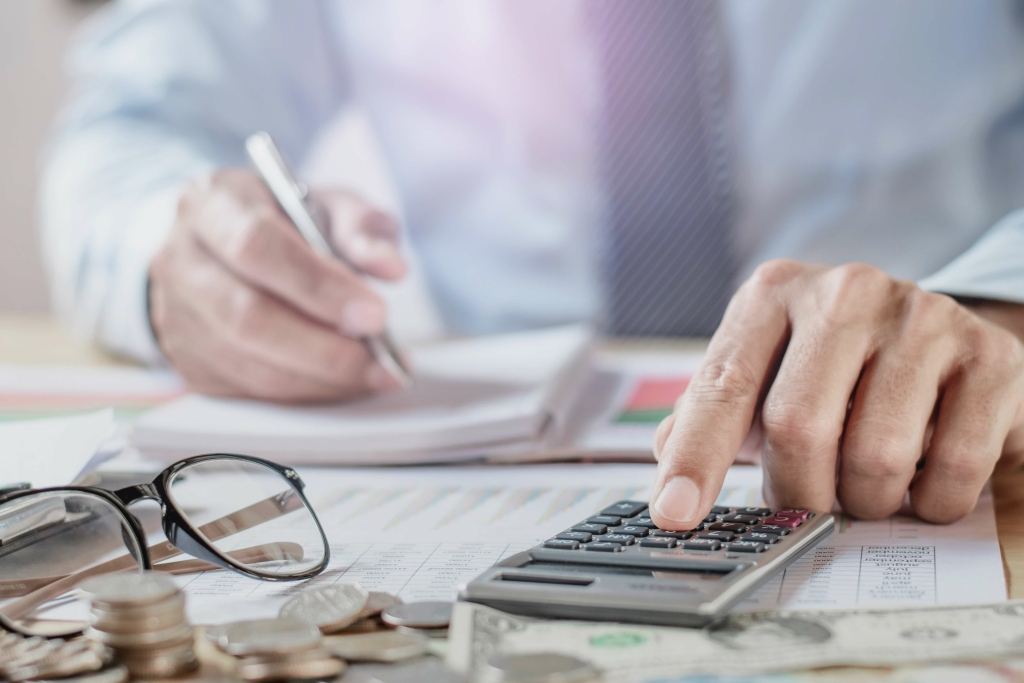
Why You Can Trust Finance Strategists
- While it may not reflect an asset’s actual condition as precisely, it is widely used for its simplicity and consistency.
- Every year you write off part of a depreciable asset using double declining balance, you subtract the amount you wrote off from the asset’s book value on your balance sheet.
- For comparison’s sake, this is what XYZ Company would book for depreciation expense every year under the straight line depreciation method versus double declining balance depreciation method.
- We’ll explore what the double declining balance method is, how to calculate it, and how it stacks up against the more traditional Straight Line Depreciation method.
- Under the declining balance methods, the asset’s salvage value is used as the minimum book value; the total lifetime depreciation is thus the same as under the other methods.
- The double declining balance method is an accelerated depreciation method that multiplies twice the straight-line depreciation method.
The depreciation expense calculated by the double double declining balance method declining balance method may, therefore, be greater or less than the units of output method in any given year. The key to calculating the double declining balance method is to start with the beginning book value– rather than the depreciable base like straight-line depreciation. The beginning book value is multiplied by the doubled rate that was calculated above.
Sample Full Depreciation Schedule

The DDB depreciation method is best applied to assets that lose value quickly in the first few years of ownership, such as cars and other vehicles. However, it may also apply to business assets like computers, mobile devices and other electronics. The underlying idea is that assets tend to lose their value more rapidly during their initial years of use, making it necessary to account for this reality in financial statements. You can calculate the double declining rate by dividing 1 by the asset’s life—which gives you the straight-line rate—and then multiplying that rate by 2.
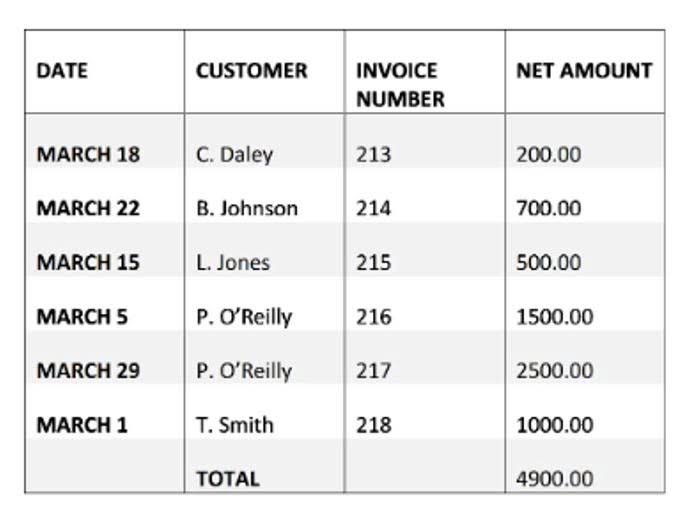
Step 2 of 3
- If you’re calculating your own depreciation, you may want to do something similar, and include it as a note on your balance sheet.
- For example, an asset with a ten-year useful life has a straight-line rate of 10%, which becomes 15% under this method.
- Generally Accepted Accounting Principles (GAAP) allow for various depreciation methods, including DDB, as long as they provide a systematic and rational allocation of the cost of an asset over its useful life.
- Here’s a step-by-step explanation of how it works, along with practical examples.
- It allows users to extract and ingest data automatically, and use formulas on the data to process and transform it.
In that case, we will charge depreciation only for the time the asset was still in use (partial year). Like in the first year calculation, we will use a time factor for the number of months the asset was in use but multiply it by its carrying value at the start of the period instead of its cost. We can incorporate this adjustment using the time factor, which is the number of months the asset is available in an accounting period divided by 12.
Proponents of this method argue that fixed assets have optimum functionality when they are brand new and a higher depreciation charge makes sense to match the fixed assets’ efficiency. In summary, the Double Declining Balance depreciation method is a useful way to account for the value loss of an asset over time. This method allows businesses to write off more of an asset’s cost Coffee Shop Accounting in the early years, which can help reduce taxable income during those years. While it is more complicated than the straight-line method, it can be beneficial for companies looking to manage their finances effectively. Understanding how to calculate and apply this method can provide valuable insights into asset management and financial planning. The 150% declining balance method is a moderate approach to accelerated depreciation, applying a rate 1.5 times the straight-line rate.
Example of DDB Depreciation
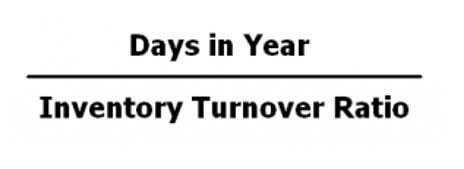
The only difference between a straight-line depreciation and a double declining depreciation is the rate at which the depreciation happens. The straight-line method remains constant throughout the useful life of the asset, while the double declining method is highest on the early years and lower in the latter years. The declining balance method includes several variants, each offering a different level of accelerated depreciation. These include the double-declining balance, the 150% declining balance, and the 125% declining balance methods.
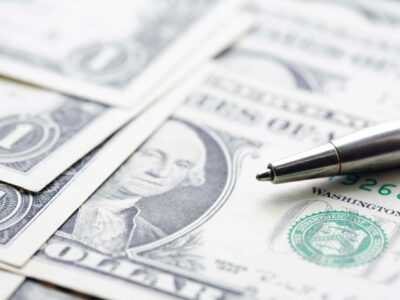
Your income may become harder to predict
- Sum-of-the-years’ digits is another accelerated method, but it is less aggressive than DDB, making it more suitable for moderately depreciating assets.
- Depreciation helps businesses match expenses with revenues generated by the asset, ensuring accurate financial reporting.
- The double declining balance method of depreciation reports higher depreciation charges in earlier years than in later years.
- These include the double-declining balance, the 150% declining balance, and the 125% declining balance methods.
- As a prolific writer, she leverages her expertise in leadership and innovation to empower young professionals.
- This method falls under the category of accelerated depreciation methods, which means that it front-loads the depreciation expenses, allowing for a larger deduction in the earlier years of an asset’s life.
OneMoneyWay is your passport to seamless global payments, secure transfers, and limitless opportunities for your businesses success. Take your business to the next level with seamless global payments, local IBAN accounts, FX services, and more. For the second year of depreciation, you’ll be plugging a book value of $18,000 into the formula, rather than one of $30,000. Get free guides, articles, tools and calculators to help you navigate the financial side of your business with ease. The magic happens when our intuitive software and real, human support come together. For the past 52 years, Harold Averkamp (CPA, MBA) hasworked as an accounting supervisor, manager, consultant, university instructor, and innovator in teaching accounting online.


Leave a comment